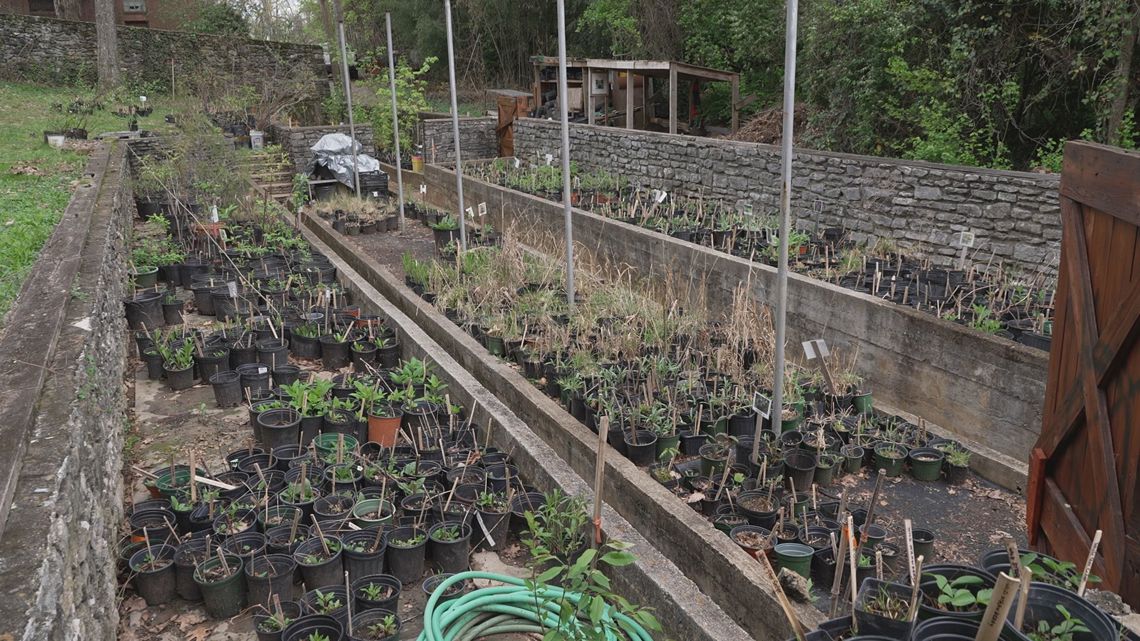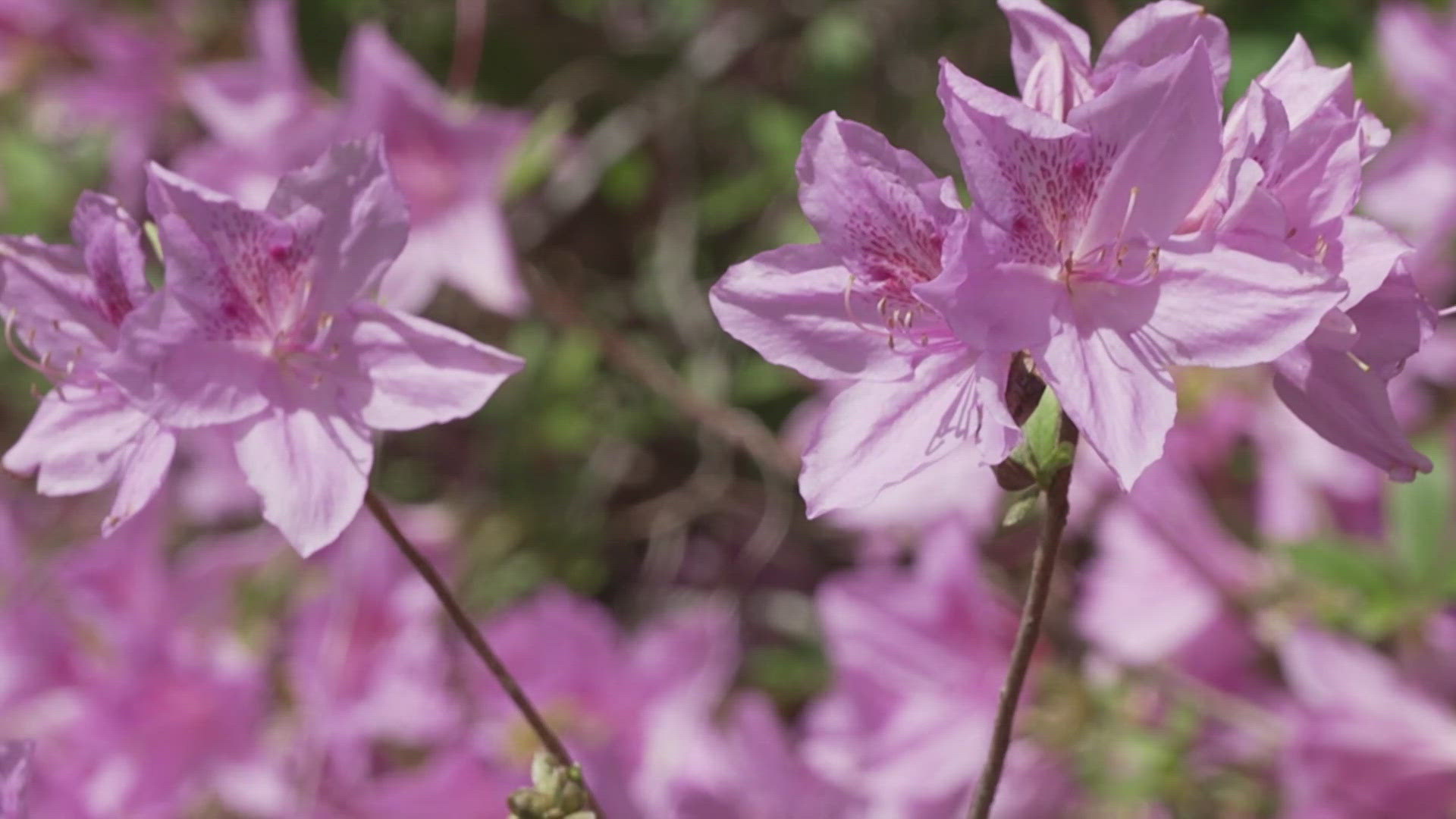KNOXVILLE, Tenn. — Just a few minutes and miles from the shadows of the city’s bustling center, you’ll find an urban oasis nestled in an East Knoxville neighborhood.
The Knoxville Botanical Garden and Arboretum is more than 40 acres of plants, flowers, shrubs, and trees, bordered by sprawling rock walls and stone structures. It sits right off Wimpole Avenue.
Sharon Moore, the garden's executive director, sits on a stone step as she reflects on the nature surrounding her.
"This whole place is one of those unique spaces where you walk into, and you know immediately you are somewhere special," she said.
Though it’s been a place for the public to enjoy for free since 2002, this plot of land is rooted in history.


In the Knox County Archives, you’ll find the first record of the Howell Family. In the 1780s, North Carolina issued a land grant to David Howell to settle 500 acres on the south side of the Holston River. Rick Fox, the past board president of the non-profit, fills in the gaps of its past.
"They started a farm. They started growing plants. They started growing trees, and as the western movement came along they would sell these for people to take with them," he said.
In time, the Howell family turned their bounty into a business: a nursery. Moore said the Howells gained a reputation beyond East Tennessee as early innovators in the landscape industry.
"They were hunting in Prosser Woods in the 1800s, which is now Zoo Knoxville," Moore said. "They saw a deep pink flowering tree and took cuttings from it and started to propagate it and that became the Cherokee Chief Dogwood. So, every red dogwood originated from here."
The Howell family maintained the nursery until 2002 making it one of the longest family-owned businesses in the country.


Fox remembers visiting the Howell Nursery as a child to choose plants for his family's home.
"I can remember sitting out here waiting on the plants that had been dug for us and one of the Howells would come out and serve us lemonade," Fox said.
Years later, Fox reciprocated, serving as the president of the “now” non-profit garden. During his tenure, a worldwide crisis stuck.
"During the epidemic of 1919, people would gather here," Fox said. "During COVID, a few years back, we were the only place that did not close."
Thousands then and now take in the sights and sounds that surround them. The garden sets the stage for celebrations, weddings, and outings.
On this particular day, hundreds of school children, on a tour, file into the greenhouse to eat lunch. For everyone who visits, it's a lesson in nature, first nurtured by a family and now by an entire community.

